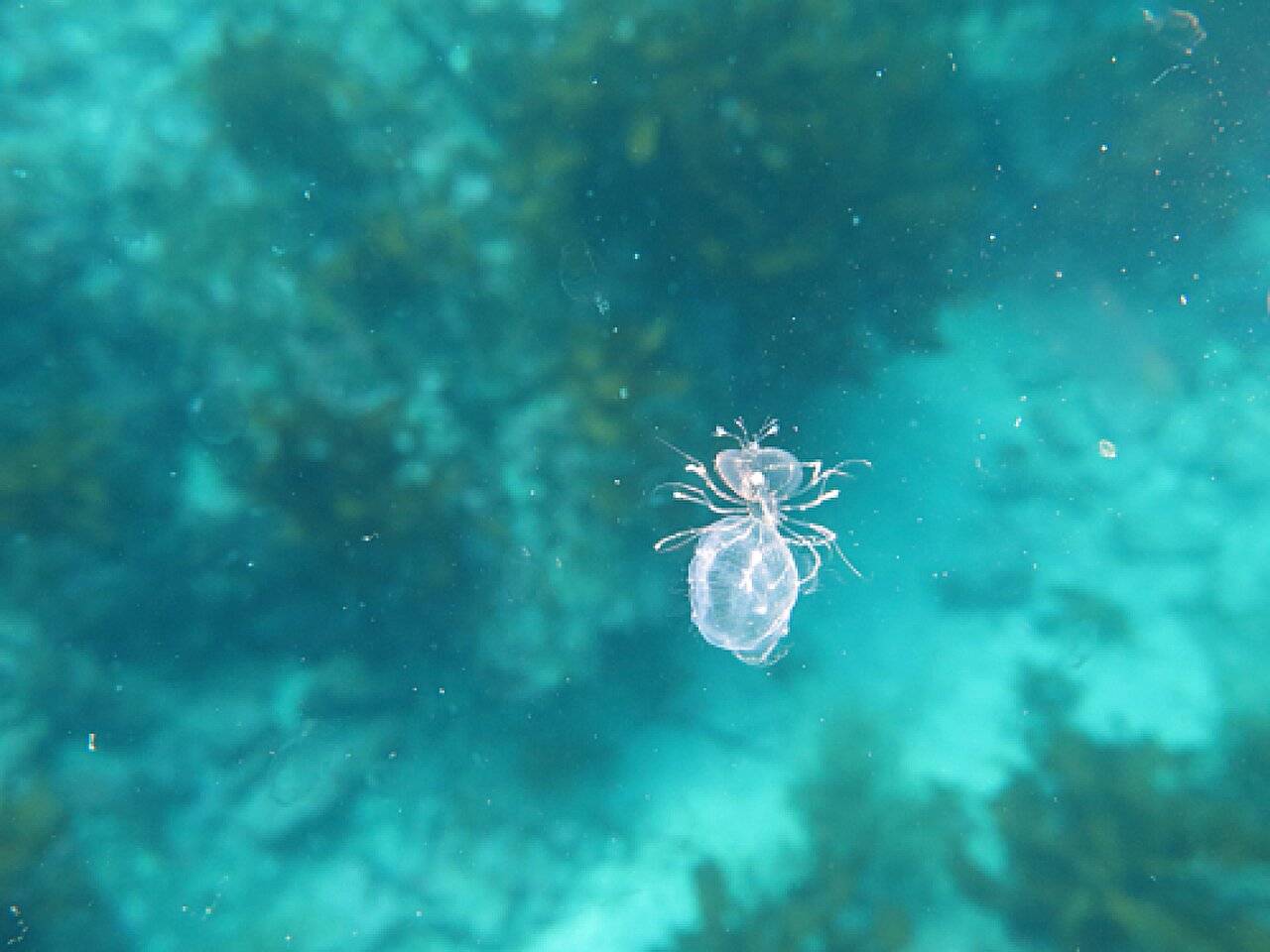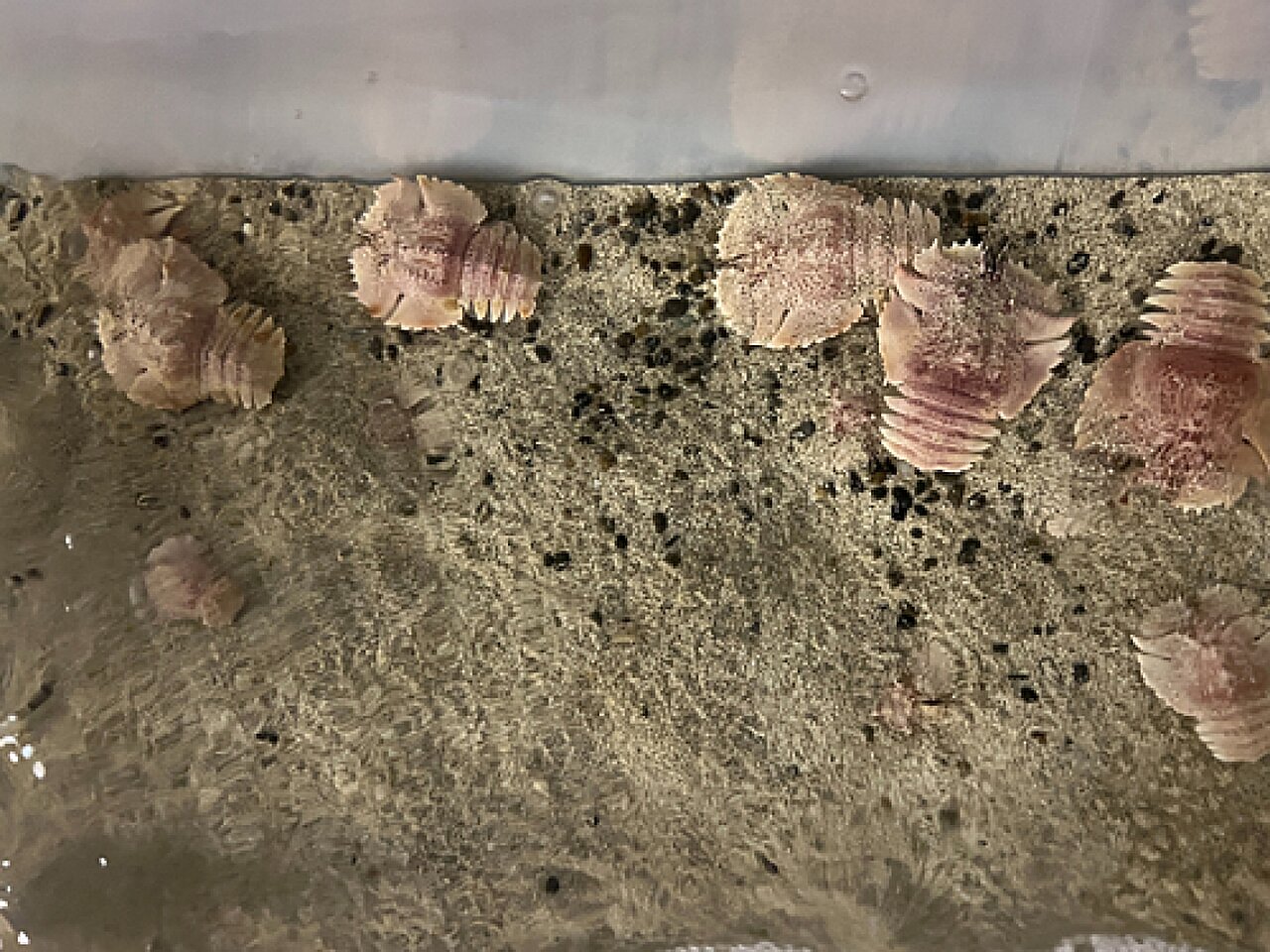Lobster’s dragon-like appearance has earned them the nickname “dragons of the sea,” making them a favored delicacy during Lunar New Year banquets. Referred to as longxia or dragon shrimps in Chinese culture, consuming lobsters symbolizes embracing the virtues of good fortune, robust health, and the formidable power associated with dragons, which are considered the most auspicious among the 12 zodiac animals.
While lobsters are real creatures and dragons are mythical beasts, intriguing parallels can be drawn between the two. In fact, there’s an entire Reddit thread exploring why lobsters share more similarities with dragons than reptiles. Notably, both species exhibit continuous growth, a trait that has contributed to the myth of lobster immortality.
Scientists have found that attempting to farm lobsters is akin to taming legendary fire-breathing dragons. Despite over a century of efforts, success has remained elusive. However, marine biologist Kaori Wakabayashi is making strides in overcoming this challenge by observing the peculiar behavior of these “dragons of the sea.”

The journey began over a decade ago with a serendipitous discovery. A diver stumbled upon peculiar “jellyfish riders” and brought them to the attention of Wakabayashi’s laboratory at the Tokyo University of Marine Science and Technology. These transparent creatures with spindly legs were identified as phyllosomata, the larval form of slipper and spiny lobsters. Intrigued by their behavior of hitching rides on jellyfish, Wakabayashi’s laboratory embarked on a project to delve deeper into their ecological role.
Examining their appendages, researchers found that the larvae’s walking legs and grooming appendages were perfectly suited for clinging to and feeding on jellyfish. This led to the hypothesis that a diet solely comprised of jellyfish could sustain the larvae until they transitioned into bottom-dwelling juveniles. Remarkably, experiments confirmed this hypothesis, with slipper lobster larvae exhibiting a feeding frenzy upon introduction to jellyfish.
Further experiments revealed that slipper lobster larvae could consume various species of jellyfish, including those with venomous tentacles, without suffering harm. This resilience is attributed to their digestive system, which is protected by chitin and secretes a membrane that shields them from venom while allowing nutrient absorption.
Wakabayashi’s research not only sheds light on the ecological dynamics between lobsters and jellyfish but also holds promise for commercial lobster farming. Initial trials have shown progress in completing the larval stage of various lobster species, with a focus on replicating the desirable traits of wild-caught lobsters for commercial markets.
As Wakabayashi continues her research, drawing inspiration from the odd behaviors of lobsters, she remains optimistic about unlocking further secrets of these fascinating creatures and advancing the possibilities of lobster aquaculture.
source: hiroshima

